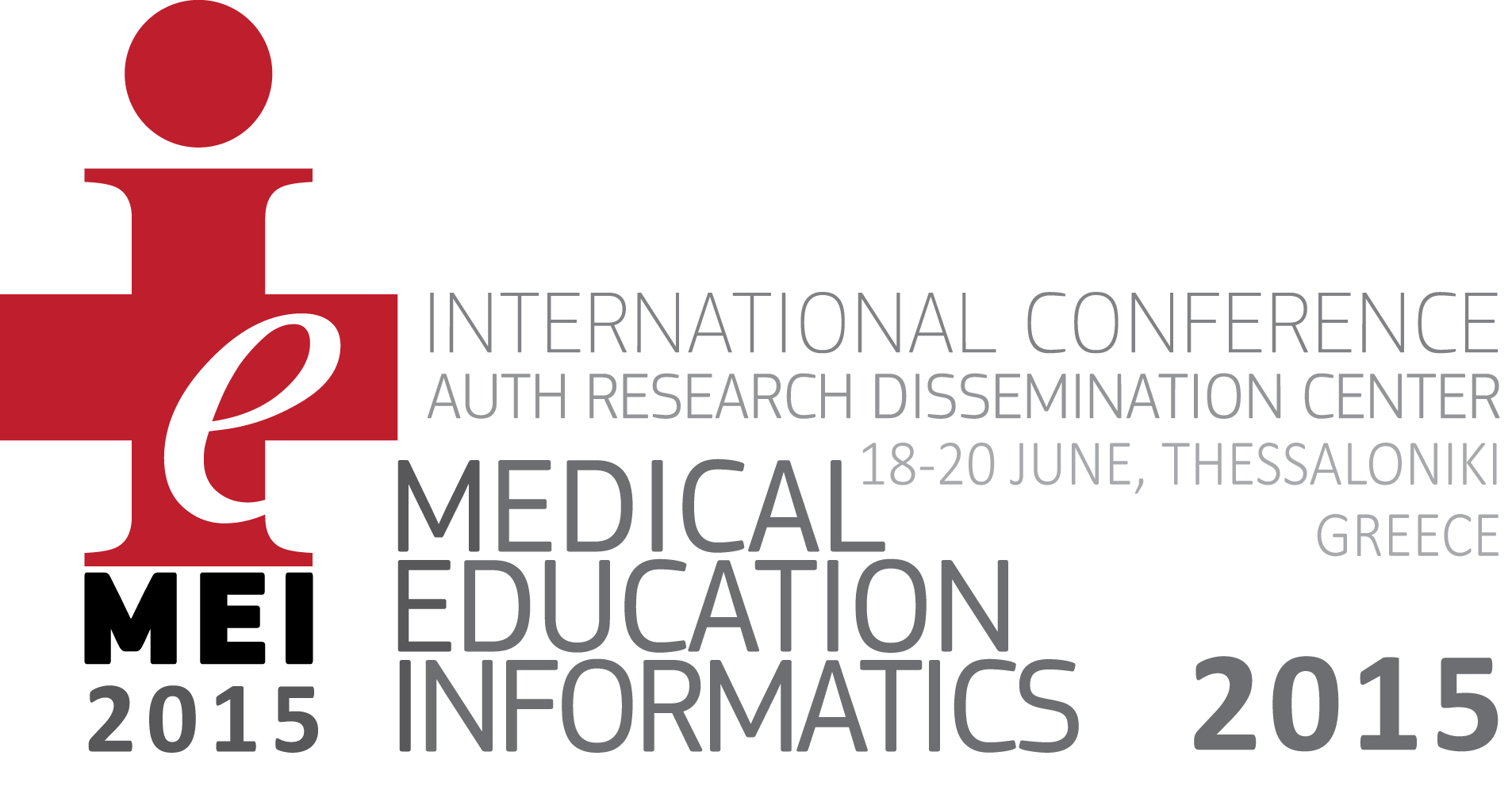Abstract:
In a frenzy of an increasingly augmented saga, both in photorealism alongside with an immense multitude, medical data are circulating over the Internet, whether copyright protected or loosely posted around.
Multimedia data that are used in medicine may be produced for education purposes, and indeed, the vast majority of images, videos, animations and sounds proclaim so.
However, while the motive behind this audiovisual paraphernalia may be noble, all the data cropped from the inner-circle of a patient’s nomenclature are stored in databases that have multipoint access, not to say that they are Internet accessed or, in the best case scenario, widely spread. It is expectable, that such an attitude will erode leaks of personal data.
If for social media data a great deal of fuss has erupted and the issue of digital forgetting is on the edge at high barometric pressure, then what to expect if data concerning the ability of a subject to work, to strike up an acquaintance, or to contract medically unfit collateral relations is brought to surface in a defamatory manner?














